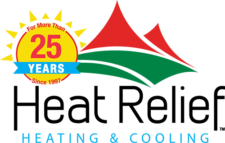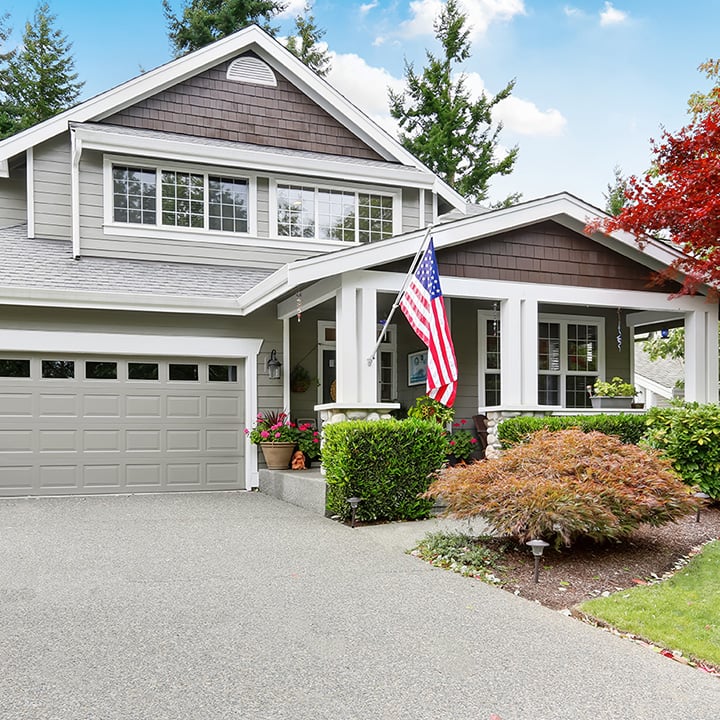5 Smart Ways to Prepare Your Portland Home for Spring and Summer
The grass is green, the days are getting longer, and it’s time for a little spring cleaning! There’s nothing like the sound of the birds chirping to let you know it’s time to freshen up the house and recover from those winter blues that hit the Portland, Oregon area. Here’s just the start of your […]
5 Smart Ways to Prepare Your Portland Home for Spring and Summer Read More »

